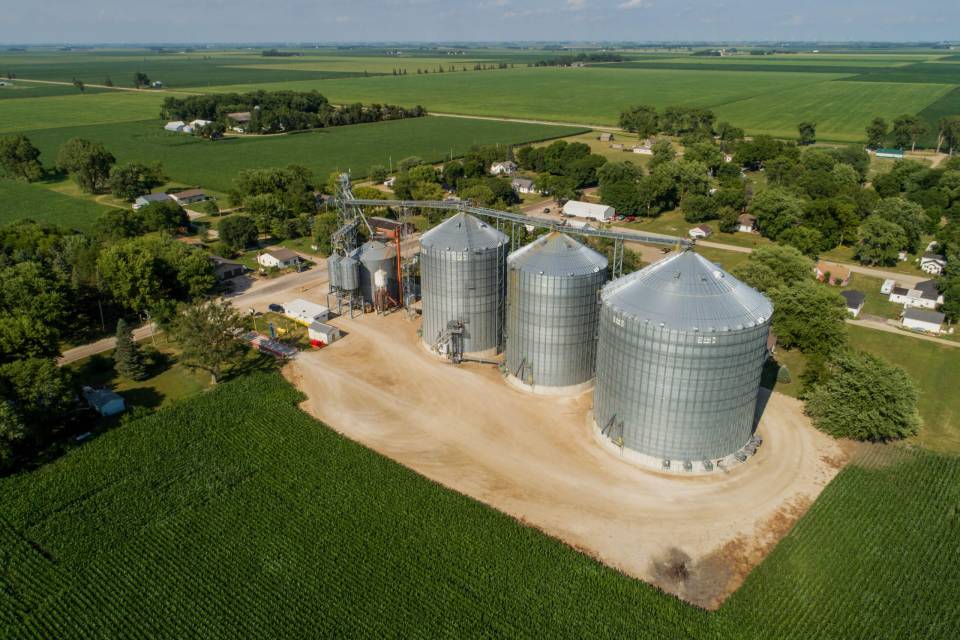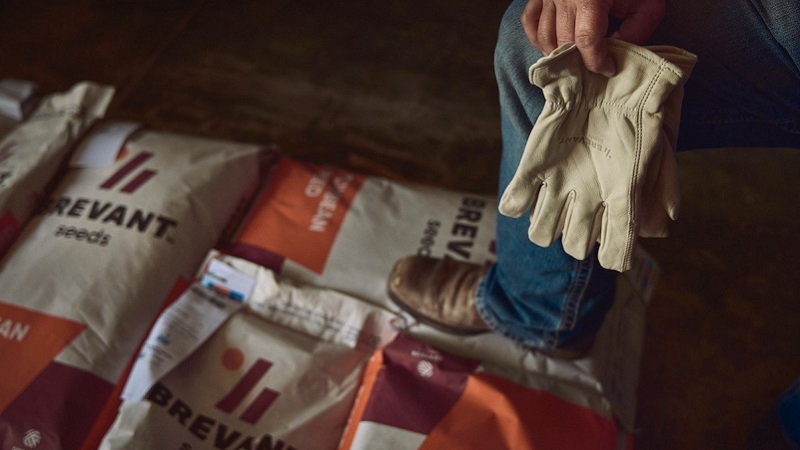Best Management Practices To Control PPO-Resistant Weeds
Weeds resistant to the class of herbicides called protoporphyrinogen oxidase (PPO) inhibitors are spreading at a faster rate than weed scientists expected.
According to the 2016 University of Illinois Plant Clinic Herbicide Resistance Report issued in January, PPO-resistant waterhemp, first reported in 2001, is now confirmed in several Midwestern states. In Illinois alone, two-thirds of the fields tested are now infested.
PPO-resistant biotypes of Palmer amaranth or “Palmer pigweed,” a weed indigenous to the desert southwest, have been reported in Arkansas and Tennesse, and Illinois has recently been added to the list.
“It’s just a matter of time before PPO-resistant Palmer amaranth spreads to more states throughout the Midwest,” says Nick Hustedde, FMC technical services representative for Illinois and Indiana.
Losing PPO-inhibiting herbicides, also called Group 14 herbicides, as an effective chemical class would be a problem for growers because these products have long been the go-to option to control glyphosate-resistant weeds.
“As glyphosate resistance evolved, growers looked for a tank-mix option to take care of glyphosate-resistant escapes, and their fallback was to use Group 14 chemistry, both pre- and post-emergence,” Hustedde says.
However, overreliance on Group 14 herbicides allowed weeds to select for resistance to the herbicide’s mode of action, similar to what happened with glyphosate and ALS-inhibiting herbicides.
“If waterhemp resistant to both glyphosate and PPO herbicides is allowed to emerge with the crop, there aren’t other herbicide options to control these weeds post-emergence in Roundup Ready soybeans,” Hustedde says. “The standard tank mixtures including glyphosate plus Marvel herbicide, Cobra herbicide or Flexstar herbicide will no longer be effective on these biotypes.”
Fast Killers
PPO-inhibiting herbicides have been known as fast killers. Once applied, they quickly disrupt the cell membranes of the weeds while shutting down chlorophyll production and photosynthesis. Symptomology can be seen within hours.
Weeds have found a way around this class of chemistry through the selection of individuals resistant to the active ingredients so that chemical effectiveness is reduced.
Given this potential for resistance, should growers stop using PPO-inhibiting herbicides? Weed scientists are not willing to exclude these herbicides just yet, especially if PPO-inhibiting herbicides are soil-applied. With soil-applied herbicides, a higher rate can be used to partially overcome the low level of resistance in the weeds.
“If we were to pick which herbicide we can use in soybeans and have the most activity from a soil residual standpoint at controlling waterhemp and Palmer in soybeans, the PPO-inhibiting herbicides, Group 14, rise to the top,” says Dr. Bryan Young, professor of weed science at Purdue University.
Overlapping Residual Herbicides
Young says the key to keeping this group of herbicides effective is to use multiple herbicides with different sites of action to control the weeds. Using multiple sites of action reduces selection pressure on any one given herbicide.
FMC, the market leader in pre-emergent soybean herbicides, says one of its solutions is to use Authority brand pre-emergent residual herbicides, which are Group 14 herbicides premixed with another site of action, followed by an early post-emergent residual herbicide such as Anthem MAXX herbicide, which includes a Group 15 herbicide.
Overlapping residual herbicides not only helps from a resistance management standpoint, but also provides growers with more flexibility in being timely with their post-emergent herbicide applications.
Waterhemp and Palmer amaranth can grow as much as one to two inches per day. Most herbicide labels state weeds should be treated before they reach four inches in height to be effective, making it difficult to spray in a timely fashion.
University research has shown in 30-inch soybeans, when weeds are allowed to compete with the crop for resources, growers can lose 20% of their yields by the V4 vegetative growth stage and up to 30% of yields by the V5 growth stage.
Another challenge with waterhemp and Palmer amaranth is that they can come back later in the season. Overlapping soil-applied and residual herbicides can control weeds during these late-season flushes.
New Approach to Management
While a diversified herbicide program is the predominant method to manage herbicide resistance, most weed experts agree it will require other strategies, including mechanical, cultural and biological practices.
FMC technical services representative Hustedde recommends the following best management practices to help keep PPO-inhibiting herbicides effective:
- Start clean and stay clean: Start with a strong pre-emergent herbicide and follow 14 to 21 days later with an overlapping residual. Only use post herbicide technologies to clean up any escapes from residual treatments, not as primary weed removal agents.
- Scouting: Determine burndown herbicide or tillage effectiveness, and adjust the program to remove escapes prior to planting. Apply overlapping residual treatments to bare soil. If weeds are emerging, adjust as necessary.
- Employ multiple sites of action: Employ long residual herbicides from multiple sites of action.
- Implement deep tillage: Use on less erosive fields with a history of high pigweed density.
- Plant narrow rows: Plant soybeans in 15-inch rows or drilled row spacing.
- Increase seeding rates: Planting soybeans at higher seeding rates encourages canopy closure, which can suppress the emergence of weeds. Adjust according to comfort level, seed variety, field history and lodging potential.
- Cover crops: Consider implementing dense cover crop systems to impede spring weed emergence.
- Minimize weed seed production: Practice zero tolerance for weed escapes, even if it means hand removal, to reduce the soil seed bank.
- Minimize field-to-field weed seed movement: Clean equipment and harvest worst fields last if possible.
Hustedde says it will take all these strategies to keep the PPO-inhibiting herbicides, or Group 14 herbicides in addition to other herbicide classes effective, especially since no new modes of action are on the horizon for at least the next five to 10 years.
“PPO-inhibiting herbicides have been our only option to control glyphosate- and ALS-resistant Palmer pigweed and waterhemp post emergence in Roundup Ready soybeans,” Hustedde says. “Now we have to incorporate other tools such as new herbicide trait concepts, tillage, cover crops, narrow row spacing and high seed populations to control these and other weed species so we can keep PPO-inhibiting herbicides effective long term.”






